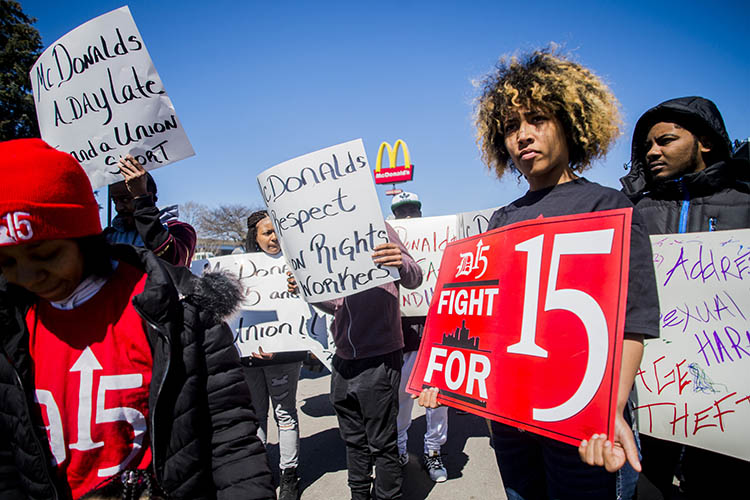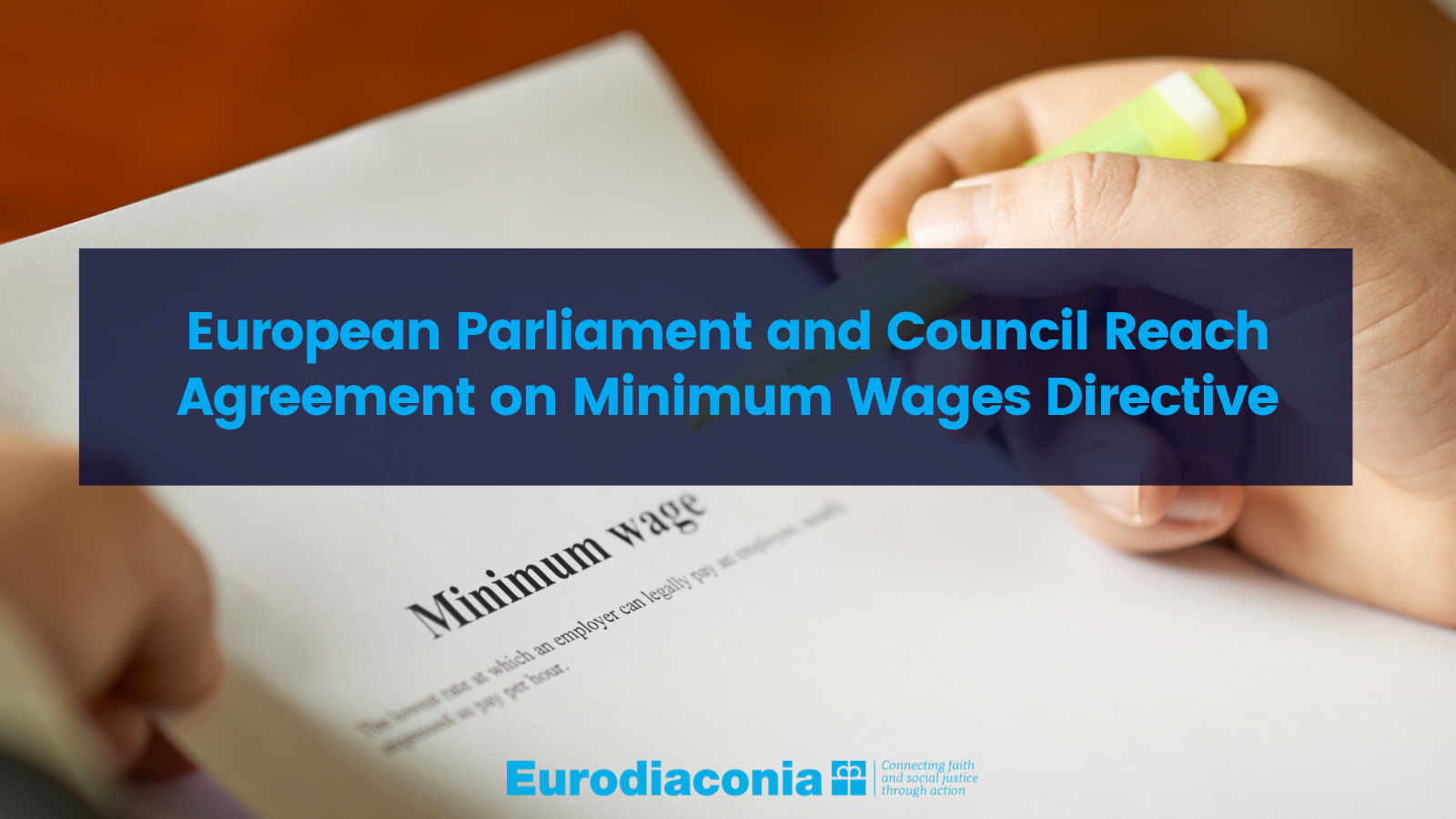The minimum wage is the lowest wage that an employer is legally allowed to pay their workers. It is a crucial policy that impacts the lives of millions of workers, particularly those who are low-income and struggling to make ends meet. In this essay, we will examine the history and current state of the minimum wage, the arguments for and against increasing it, and the potential consequences of such a move.
The first minimum wage law was enacted in the United States in 1938 as part of the Fair Labor Standards Act (FLSA). The initial minimum wage was set at 25 cents per hour, which is equivalent to about $4.40 in today's dollars. Since then, the minimum wage has been increased numerous times through legislation and inflation adjustments. Currently, the federal minimum wage is $7.25 per hour, although many states and cities have set their own minimum wage laws that are higher than the federal rate.
One argument in favor of increasing the minimum wage is that it can help to reduce poverty and income inequality. Many minimum wage workers are struggling to make ends meet and are unable to afford basic necessities such as housing, food, and healthcare. By increasing the minimum wage, these workers would have more disposable income and be able to afford a higher standard of living. This, in turn, could lead to a reduction in poverty and income inequality, as low-wage workers would have more purchasing power.
However, there are also arguments against increasing the minimum wage. One concern is that it could lead to job loss, as some employers may not be able to afford to pay their workers a higher wage and may choose to lay off workers or automate certain tasks. Another concern is that it could lead to higher prices for goods and services, as businesses may pass on the cost of higher wages to consumers in the form of higher prices. Finally, some argue that increasing the minimum wage could lead to a reduction in the number of available jobs, as businesses may choose to hire fewer workers in order to offset the increased labor costs.
Despite these concerns, there is evidence to suggest that increasing the minimum wage can have positive impacts on both workers and the economy as a whole. A number of studies have found that increasing the minimum wage can lead to higher pay for low-wage workers and can also boost economic growth and job creation. For example, a study by the Economic Policy Institute found that increasing the minimum wage to $15 per hour would lead to higher pay for 27 million workers and would also result in the creation of approximately 1.3 million new jobs.
In conclusion, the minimum wage is a complex and controversial issue with arguments for and against increasing it. While there are valid concerns about the potential negative impacts of a higher minimum wage, there is also evidence to suggest that it can lead to higher pay for low-wage workers and boost economic growth. Ultimately, the decision to increase the minimum wage should be carefully considered, taking into account the potential costs and benefits for both workers and the economy as a whole.









